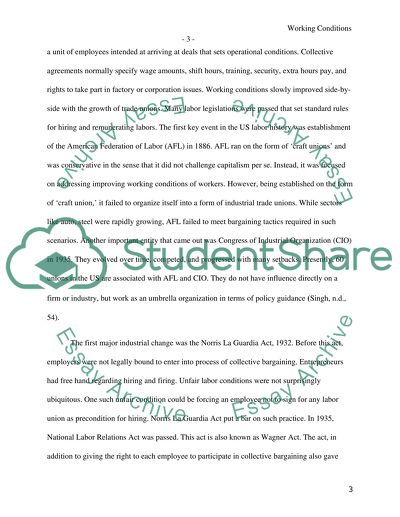Historical Impact on Working Conditions (HR, Employee Labor and Research Paper - 1. Retrieved from https://studentshare.org/miscellaneous/1577993-historical-impact-on-working-conditions-hr-employee-labor-and-relations
Historical Impact on Working Conditions (HR, Employee Labor and Research Paper - 1. https://studentshare.org/miscellaneous/1577993-historical-impact-on-working-conditions-hr-employee-labor-and-relations.


